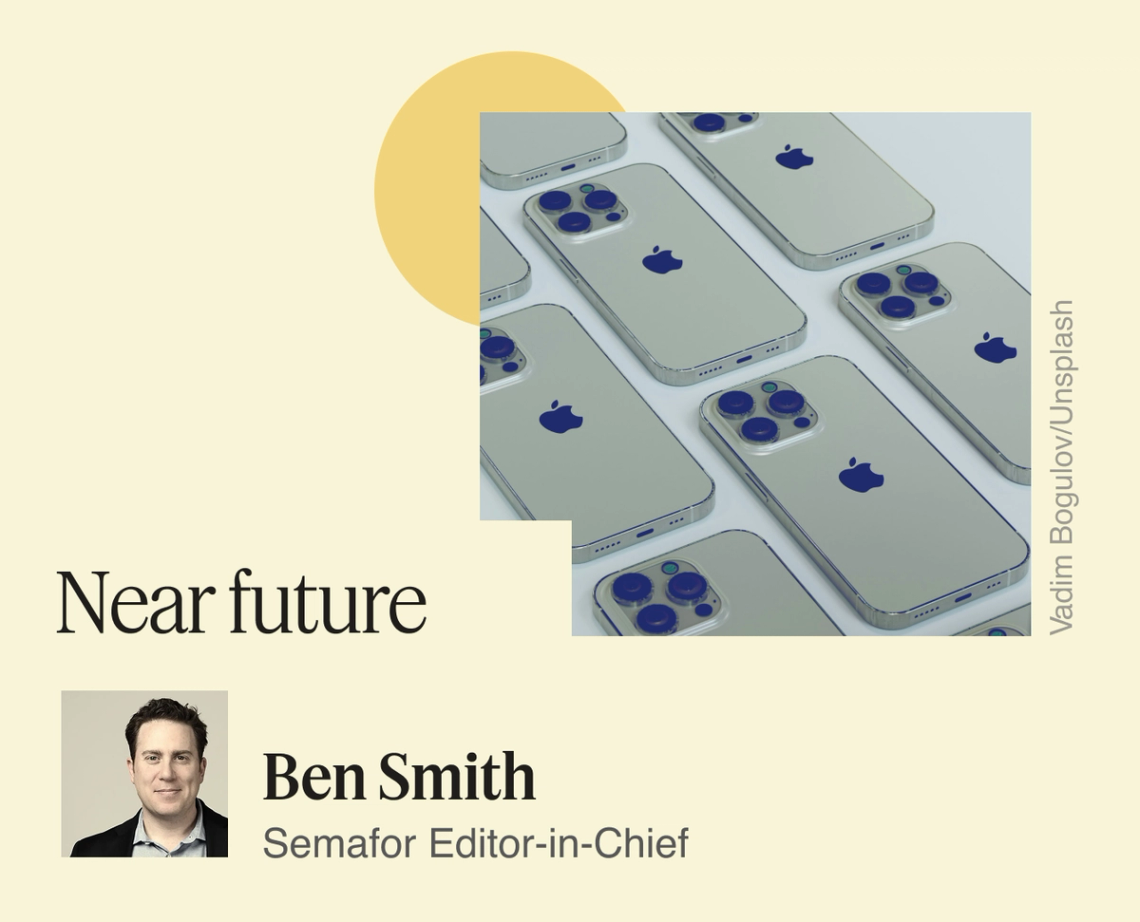 Max and I spent three days last week at the ad fest in Cannes, where everyone was talking about AI. (In two successive meetings, executives bragged to me that their companies had more than 10,000 agents each!) Until Thursday, nobody had brought up Sam Altman and Jony Ive’s planned AI-based “companion” device, Io, which previewed last month with a soft-focus buddy video that drew wide mockery in tech marketing circles. But at the end of my trip, one of the smartest marketers I talked to brought up the video to note that in Altman and Ive’s world, nobody has a phone. There are no screens. Certainly nowhere to put an ad. Io may not be what kills the iPhone Ive designed for Steve Jobs. But this marketer argued that Ive and Altman have accurately sensed the deep popular demand to get away from our little screens. We’d spent a week talking about the fast, scary, but ultimately incremental changes AI could bring to the media business: magical video production, efficient ad buying. A world that turns away from handheld screens — to glasses, voice, other humans, whatever — is harder to imagine. But what if the changes are faster and more radical, and the ubiquitous smartphone is displaced as abruptly as it arrived? That’s scary for advertisers, of course, and raises questions about how to deliver everything from journalism to entertainment that we haven’t begun to answer. Also today: Steve Bannon’s war on Fox, a previously unreported State Department mission to Paris, Kevin Mayer’s regrets, our interview with the CEO of The New York Times, and a text from the newly independent Derek Thompson. (Scoop count: 4) |